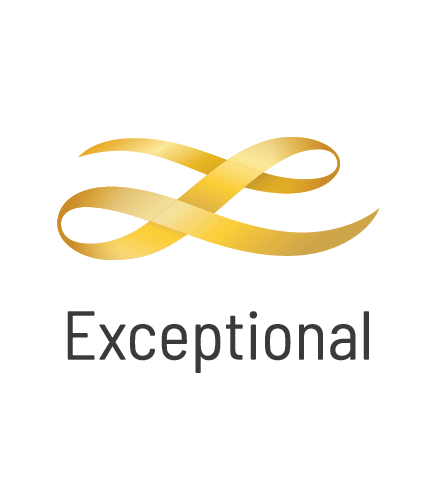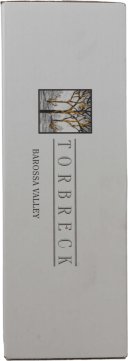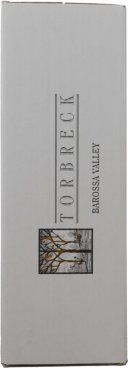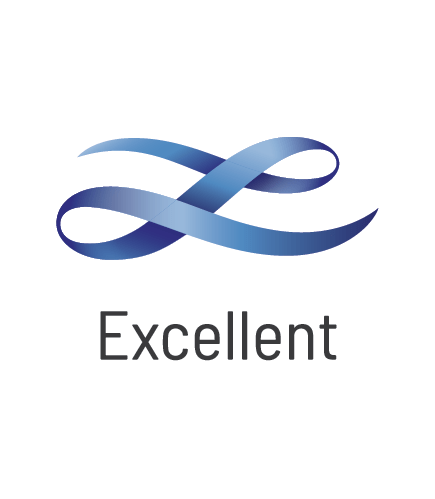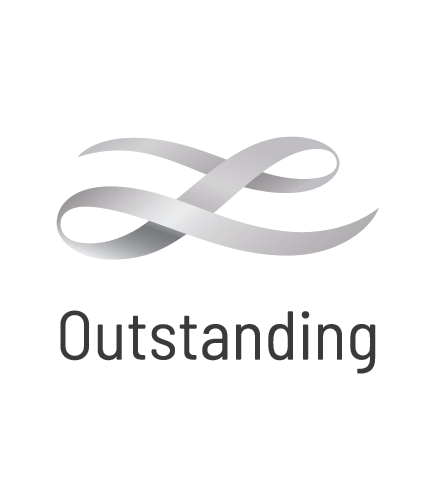Moss Wood Cabernet Sauvignon
One of Australia's icon wines, this is Cabernet at its very best. This wine is the very definition of power and elegance. Hand crafted by Keith Mugford and his team in the Margaret River, Moss Wood deservedly fits in the Exceptional category of Langton's Classification of Australian Wine.
Château Pontet-Canet Pauillac
Château Pontet-Canet is a classic large Pauillac property that adjoins the Mouton Rothschild vineyards that in the past has struggled to get fruit richness into their wines until Michel Rolland was called in. The wines of the past 15 years have produced lovely, voluptuous reds with ripe fruit and brilliant balance. The 2009 is quite simple a stunning incarnation of Pontet-Canet and quite possibly their best wine ever produced! A 'tour de force' of the highest standard, layers of concentrated fruit along with sublime oak integration see this biodynamically farmed vineyard reach Bordeaux perfection. Will age comfortably for the next 50 years.
Woodlands Matthew Cabernet Sauvignon
Torbreck RunRig Shiraz
The flagship of the Torbreck stable. Recently been elevated to 'Exceptional' status in Langton's Fine Wine Classification, it is a wine of utmost power and density. Famous for rich concentration and opulent power, this exceptional Australian Shiraz is as popular abroad as it is at home. Definitely one to place in the cellar and simply forget about - let the patience reward you over 10 or more years time.
Yarra Yering Dry Red No 2
From some of the earliest plantings of Shiraz in the Yarra Valley with vines dating back to 1969. Shiraz (96%) co-fermented with small parcels of Viognier, Marsanne and Mataro aged 12 to 18 months in 50% new French oak barrels produces a wine that is perfumed and feminine with the tannins and acidity as integral to the wine as the fruit. Proven to age for 25+ years, Yarra Yering Dry Red No 2 was the first Cote Rotie style blend made in Australia
Bass Phillip Premium Pinot Noir
Made from fruit grown in ultra close planted vineyards Bass Phillip wines are eerily like Pinots from Burgundy. Fully mature now, the wine has lovely spice and earthy characters ready to be enjoyed now.
Torbreck Descendant
Château La Conseillante Pomerol
Château La Conseillante is a classic Pomerol red that regularly fights it out with Pétrus as appellation wine of the vintage. Whether it be slightly more difficult years like the 2007 or 2008 or in sublime vintages like this 2009, La Conseillante's Merlot dominated wines have a refinement about them coupled with an unctuousness that make them very pleasing to drink early. Notes of mulberry, ripe raspberries and earthy truffle/mushroom are all present in a medium to full-bodied wine that will age confortably for the next 20+ years.
M Chapoutier Les Greffieux Ermitage
The Chapoutier Estate has been present in the Rhone Valley since 1808, always on a quest to find different tastes and expressions of terroir, or sense of place. Hermitage is regarded by some as the greatest expression of Shiraz from anywhere in the world. If you're a Shiraz lover and haven't yet explored the wines of the Northern Rhone, you're simply missing out.
Brokenwood Graveyard Shiraz
Graveyard Vineyard is the jewel in the Brokenwood crown, responsible for the company's flagship wines. The vineyard was planted with Shiraz vines in 1970 - extremely heavy clay soils, yields are low, but fruit flavour is intense through employment of meticulous vinification techniques. Strong lifted aromas of sweet earth and dark cherry greet the olfactory senses. Oak features, but will soften and integrate given some patience. Initial flavours of dark chocolate and ripe plums are beautifully lashed to ripe tannins lending an edge of cedar.
